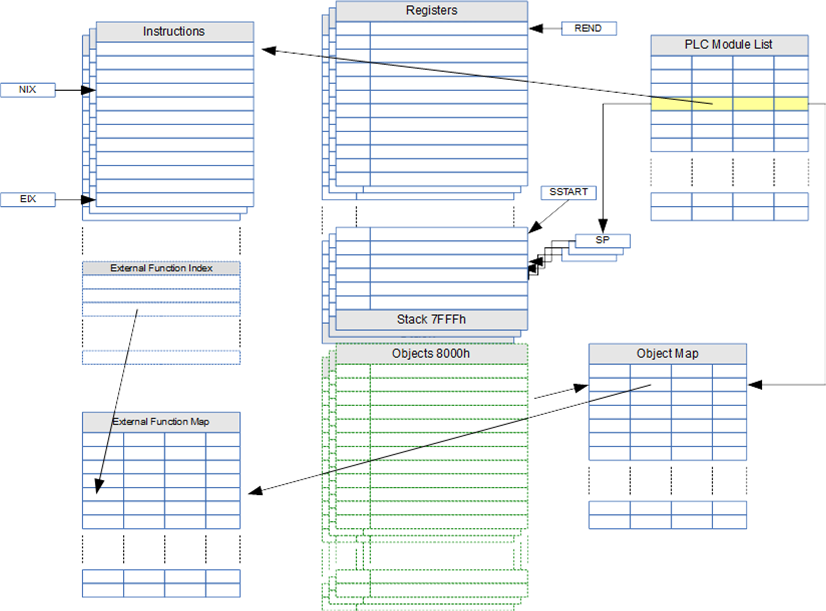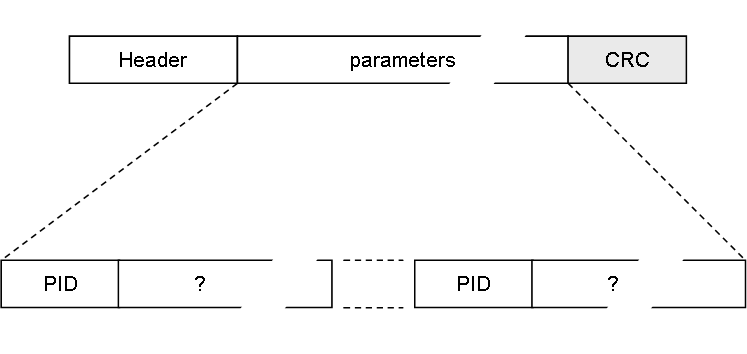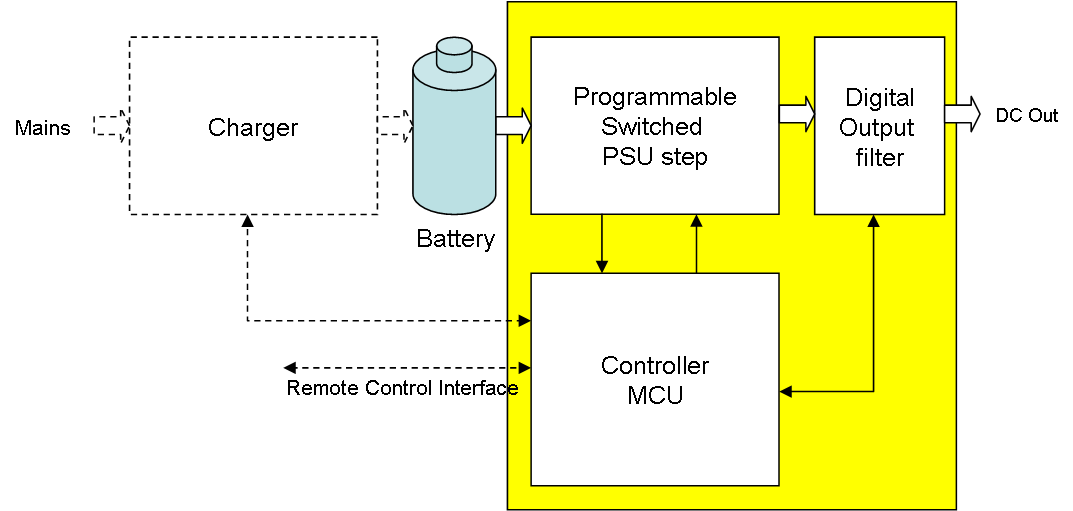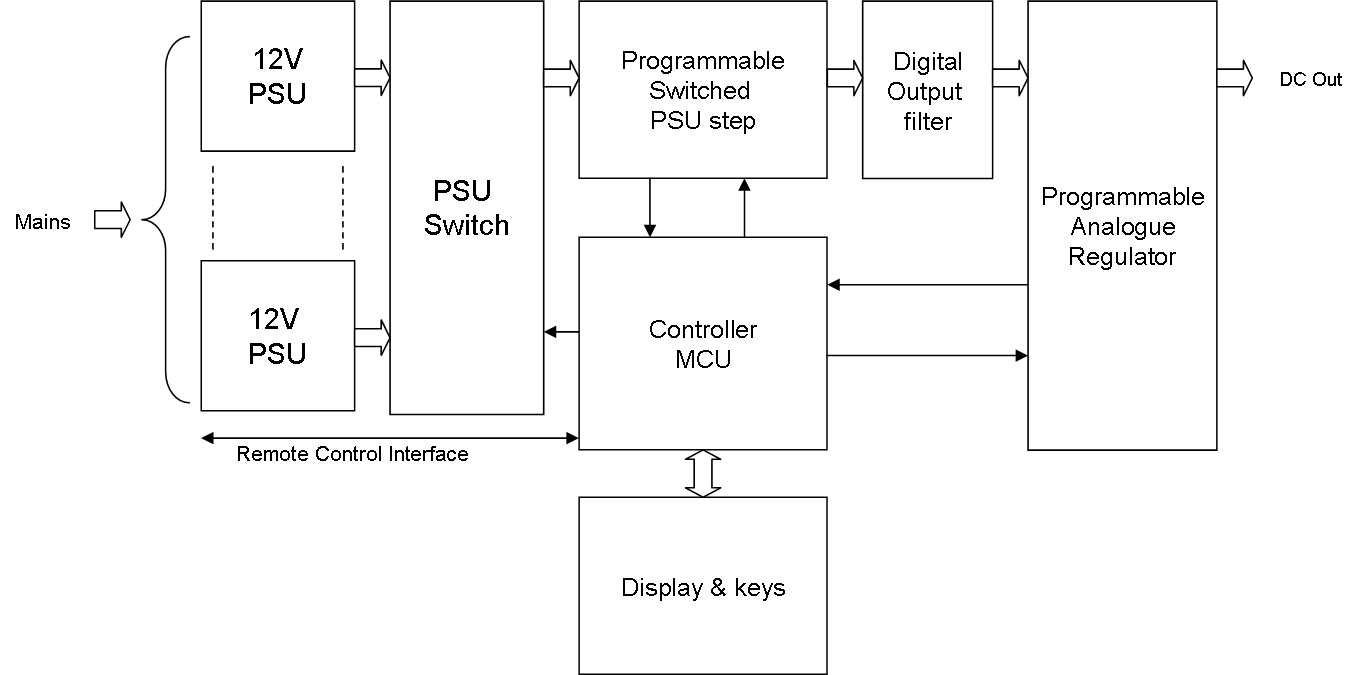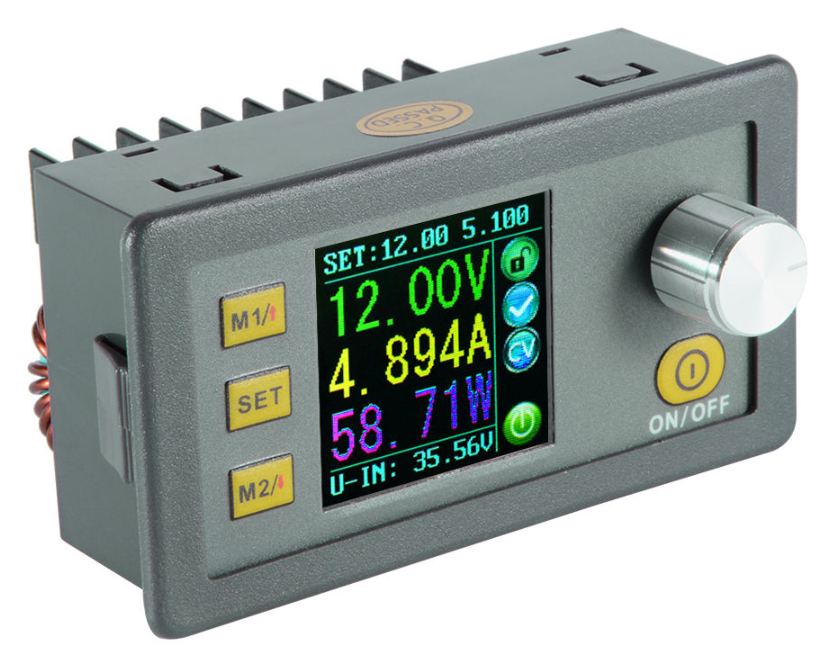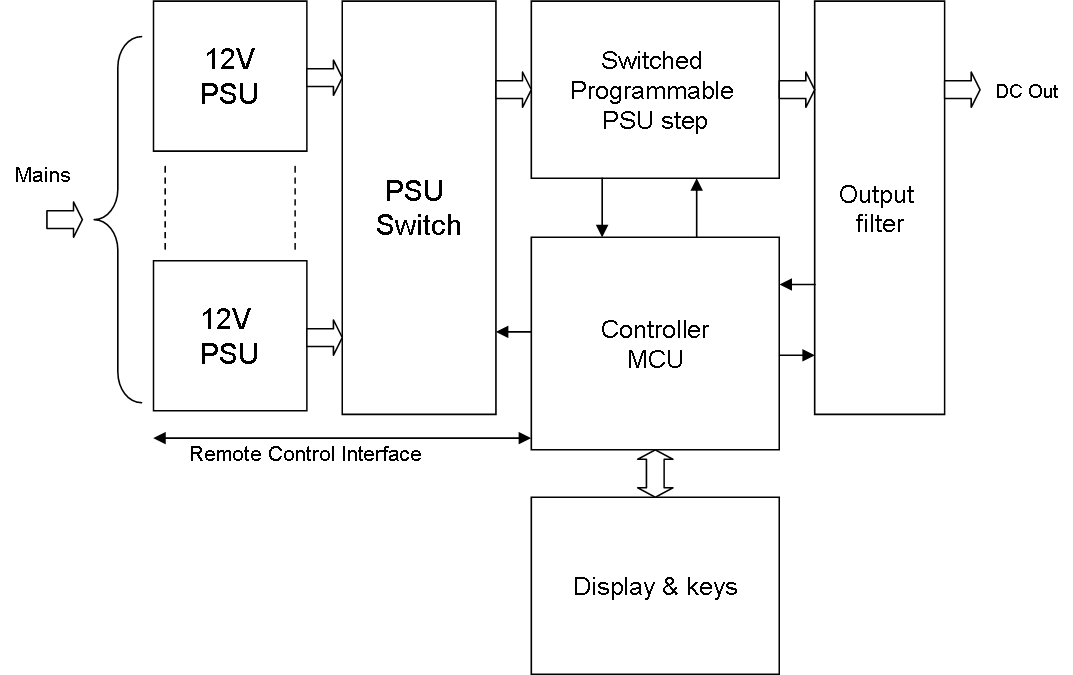Dealing with math it is quite handy to use a standard algebraic expression format. But, to do so we need a parser that translate the expression into a sequence of simple math instructions. In this case we expect the Assembler to “compile” the expression into P-Code that we later execute as part of the VM’s Assign instruction. The Parser is a C++ class library used by Plain Assembler. The module was actually created prior to Plain as part of a different project.
The parser logic is quite simple
- You parse 1st sequence consisting of start parenthesis, value, end parenthesis and an operator. End of Expression is also an “operator” in this sence.
- You parse 2nd sequence.
- You evaluate 1st and 2nd priority. if 1-op has higher pri than 2-op, you compute 1 by generating a output table entry (P-Code).
- Repeat from 2.
Example 1: 3 + 4 * 5
This is the classic example to test priority as we know that 4 * 5 must be computed before 3 + … The parser will build a tree as listed below:
0 : 3 + 1 : 4 * // + lower pri than * so continue 2 : 5 END // 'END' is lowest pri
This will generate the following P Code:
T1 = 4 * 5 T0 = 3 + T1
In this case we could end up with an Assign instruction with 2 P-Code table entries. I say ‘could’ because the actual parser will in this case detect that it is only constants and pre-calculate the value 20.

